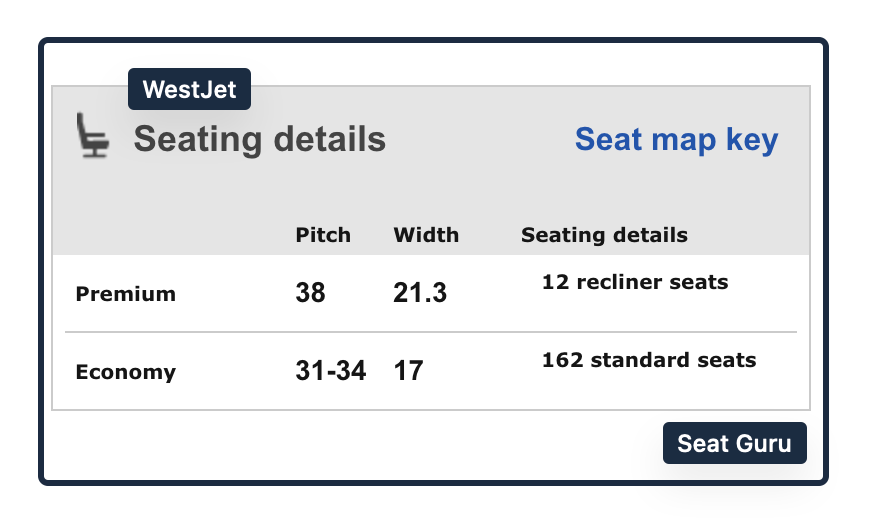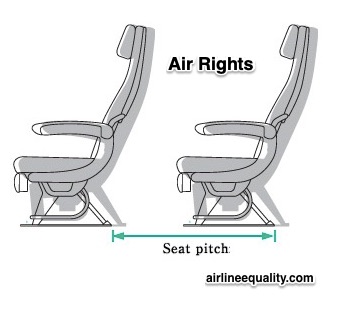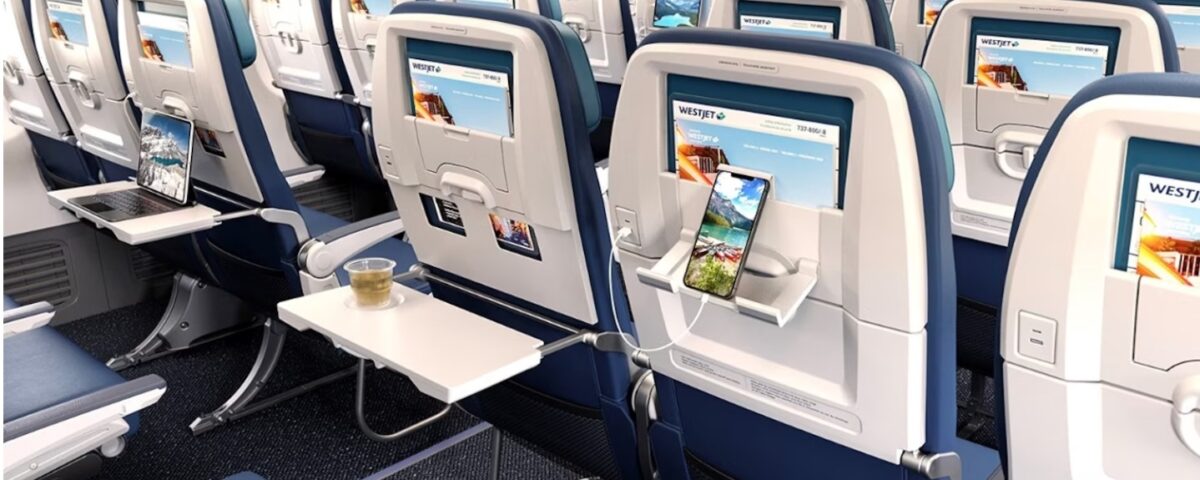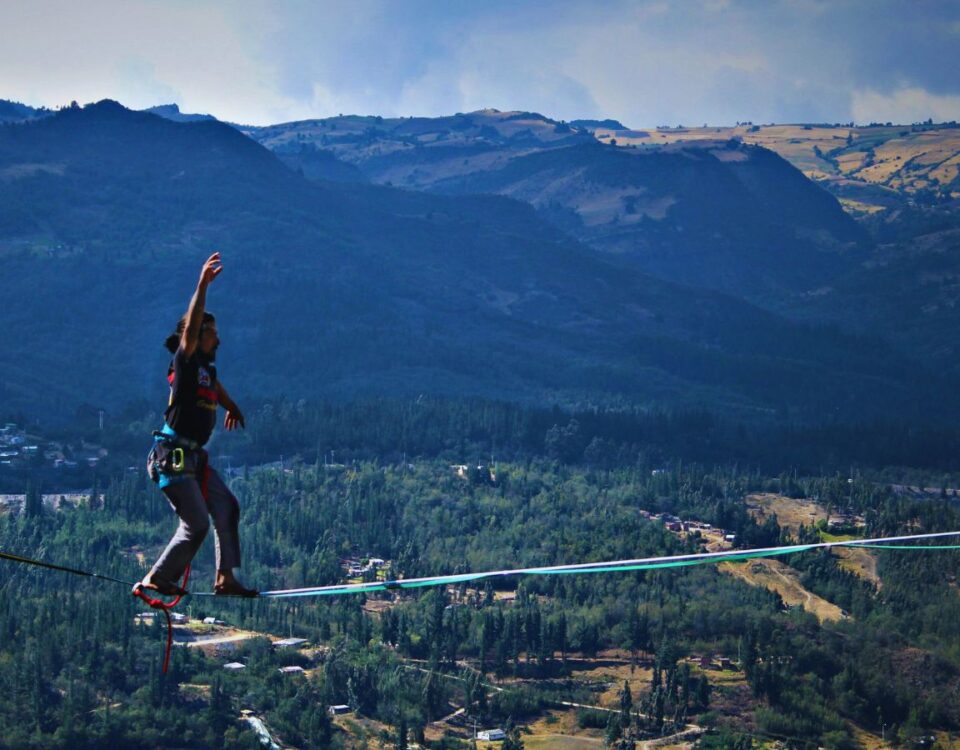
Just Ask Jenna: An Introduction
October 16, 2025
October 2025 Friday’s e-links: A Claudia Goldin Follow-up
October 17, 2025Canada’s WestJet recently announced that 43 of its newly acquired planes will have a combination of reclining and “fixed recline” seats. If you want a reclining seat, it will cost you extra in their “Extended Comfort” and Premium sections. Meanwhile, stationary seats–perhaps the new ones called “ultra slim-line” –come “free” with your fare. (Those ultra slim seats let the airline add an extra row).
At 17 inches, on WestJet’s Boeing 737 MAX 8 aircraft, your seat width could be rather teeny:

At this point, we can ask, if you’ve paid to recline (or even if you haven’t) should you recline?
Reclining Rules
For recliners, several frequent fliers had some “rules.” First of all, and most crucially, don’t recline during meal service. Then, to minimize others’ pain, they suggest going part of the distance like one-third or one-half. In addition, they make sure to recline only on longer 3-or 4 hour flights, and check to see if the person behind them is very tall. One person thinks that reclining as the plane ascends makes it unnoticeable (Ha). And finally, some say never and others always ask for permission.
Plane Seat Facts
The impact of a recline could depend on your seat’s pitch.
The pitch is the space between the seats. Typically, we measure pitch by selecting the same point on each seat, from one seat back to the next, or the same point on each base:
Pitch takes us to ownership. When you pay for a reclining seat, we can ask if you also bought the space in front of the seat. Or does it belong to the person in front of you?
Economists have several solutions.
Our Bottom Line: Coase and Other Solutions
Each of the three basic economic systems–market, command, and tradition–provide a recline rage solution.
The Market
Nobel laureate Ronald Coase told us that a negative externality (the harm from the reclining seat) with negotiable cost/benefit numbers is a solvable problem. For an airplane dispute, let’s say one traveler feels it is worth $20 to recline, and the other says her discomfort has a $30 value. If one paid the other $25 or any amount between $20 and $30, everyone could be happy.
Command
Other solutions leave us with less choice. For more than a decade Spirit and Allegiant have had no reclining option. Citing cost, they said reclining seats are more expensive to install and maintain. Furthermore, because stationary seats are lighter than those that recline, they save fuel.
Tradition
Here, we can say that reclining seats are a tradition. For that reason, we could retain them with another tradition. Perhaps a traditional behavior to many of us, the civility of considering how your neighbors feel about reclining could be a cure for today’s divisiveness.
My sources and more: Thanks to The Washington Post for reminding me to return to seat reclining rage. Meanwhile, The Hill had more about the WestJet decision. And then for just plane (sorry) facts, I checked seat widths and pitch at Seat Guru.
Please note that several of today’s sentences were in a past econlife post.
Our featured image is from WestJet.
![econlifelogotrademarkedwebsitelogo[1]](/wp-content/uploads/2024/05/econlifelogotrademarkedwebsitelogo1.png#100878)




